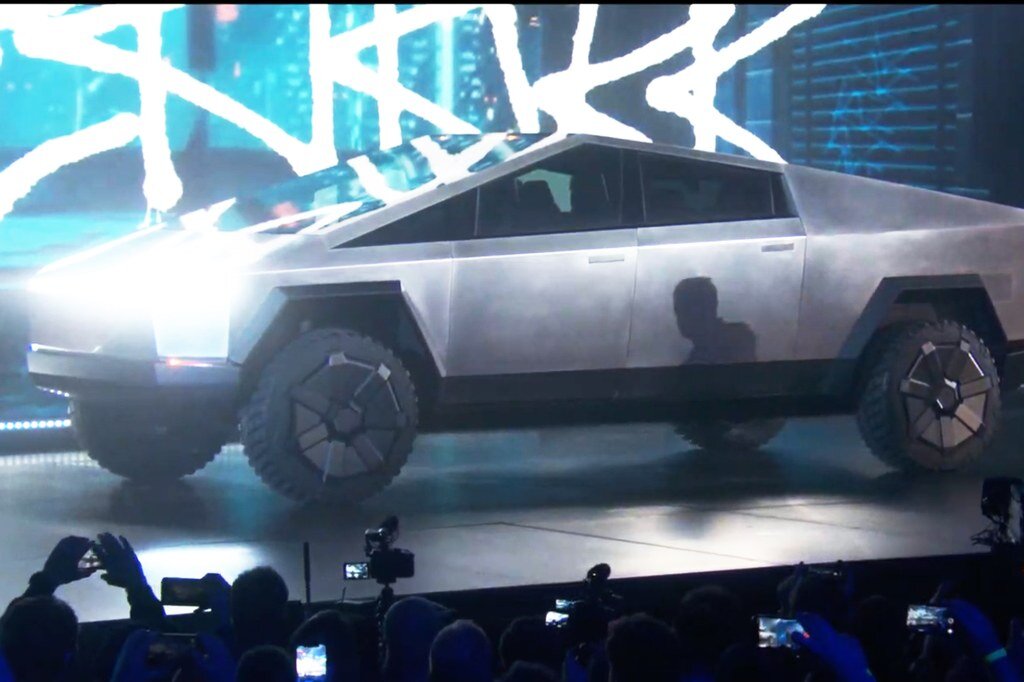Tesla. The Cybertruck. I slept on it. Here are my thoughts:
The truck may not look great to most people, but there are a few very important things about it.
1. bulletproof means that it can withstand a bullet. My Lexus (which I absolutely love) windows are double-paned to isolate sound and give strength. It would have smashed if treated to a high-impack metal ball.
Most metals, it should be noted, are much harder, and thus are more destructive, than lead.
Living in CO- you get a lot of rock chips on the windscreen of your car-- the Rocky Mountains are literally rocky because they’re so old that they’re falling apart. This glass could save a lot of people from replacing their windscreens.
2. You get a LOT of truck for the money compared to, say, a Toyota Tacoma or Hilux. $40k gets you a very capable rock crawler, and a very, very capable daily driver that could haul most families.
3. Take a look at those range stats. Within as little as three years, all gasoline-powered vehicles should be obsolete. Especially if Tesla's super-charger is adopted and distributed by other automakers (<--that's a BIG 'if").
4. If it's too wild for you, but you still want a truck, but don't want the drama of a gas guzzling beastie or the zany lines of the Tesla CyberTruck, then check out *Rivian.* They're an electric truck company backed by Ford, the manufacturers o the very popular F-150.
